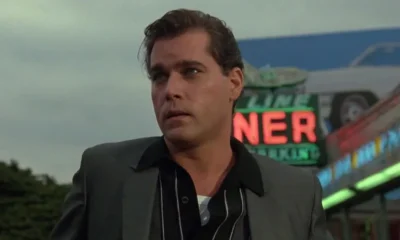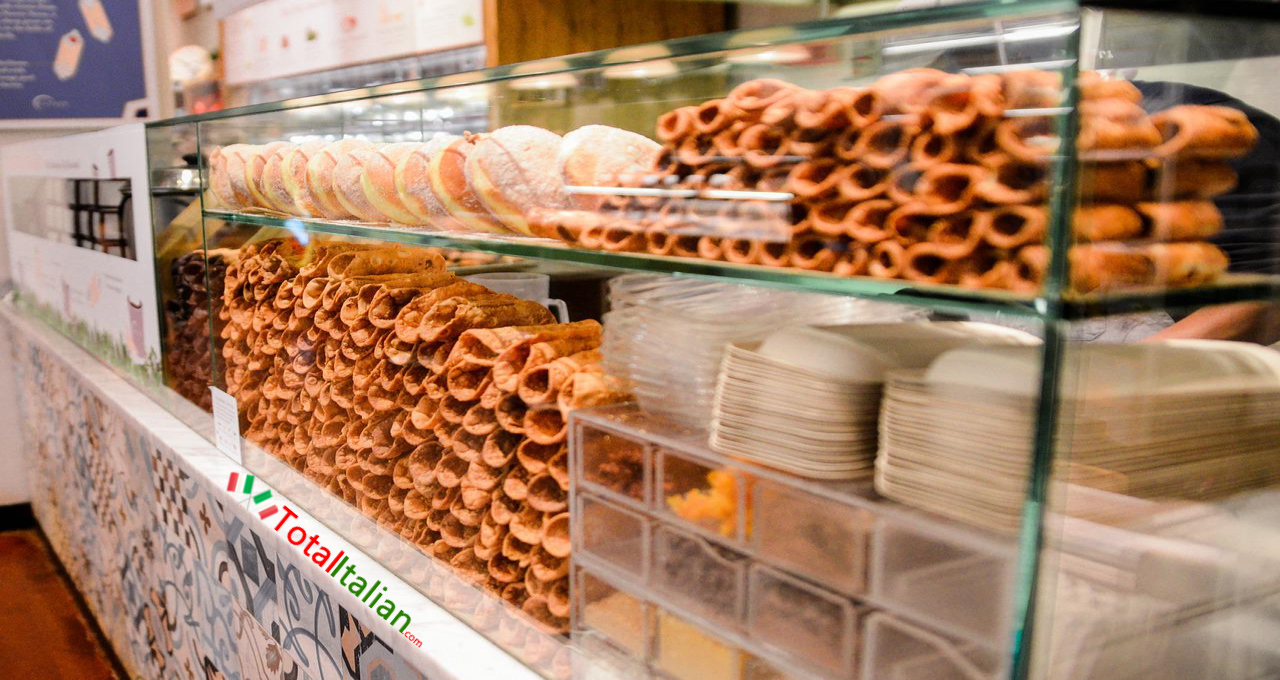Heritage
Romanticism and Italian Culture
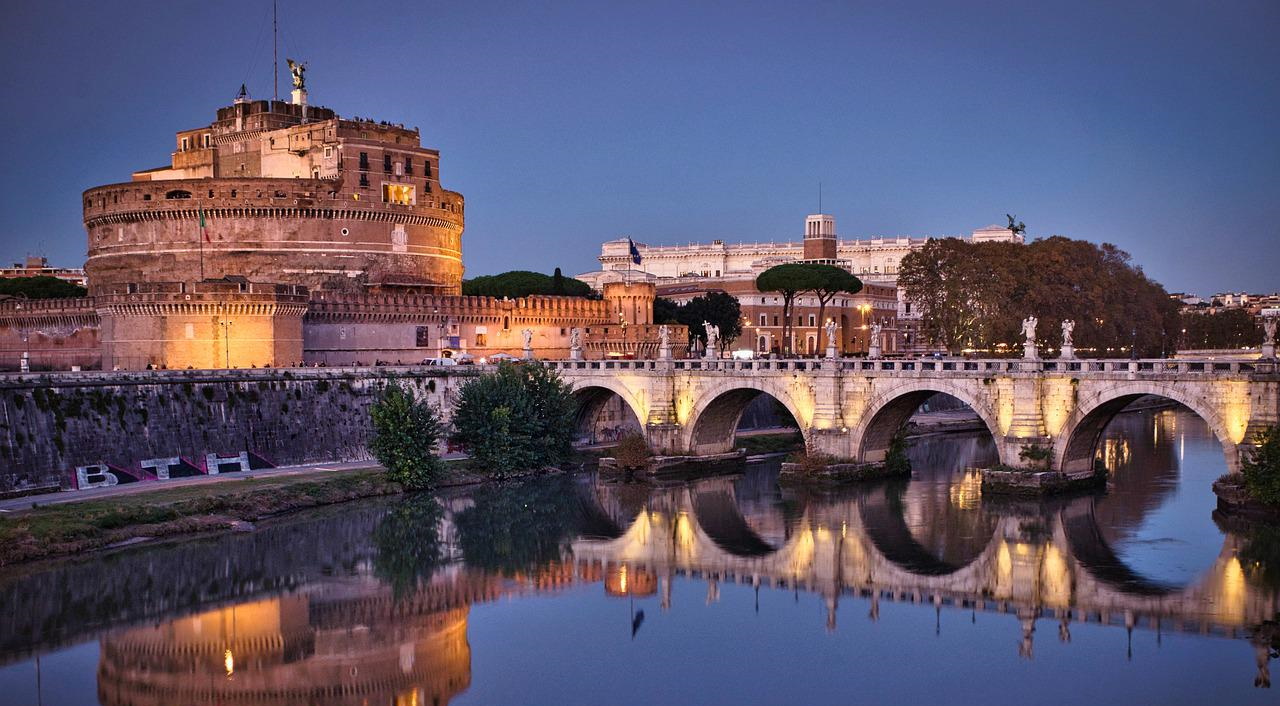
Romanticism and Early Italian Literature are the two periods of Italian history you should explore. While you will find some similarities between the two periods, there are also several significant differences. Romanticism has a major influence on Italian culture and film. Let’s take a look at both in this article. Read on to find out the most important facts about Romanticism. Also, you should learn about Early Italian Literature and the role it played in the development of modern Italian culture.
Romanticism
The aesthetics of Romanticism in Italian culture emphasize the appreciation of the arts and the luxurious lifestyles of Italian nobility. Italian Renaissance cities and the countryside are blended together to create a unique aesthetic that is infused with luxury. Photos depicting leisure activities are also common. However, Italian Romanticism is unlike other forms of Romanticism. These are characterized by their lyrical style. Here are five of the best examples of Romantic paintings.
The Gothic novel is considered one of the earliest examples of Romanticism, with its interest in horror, threat, and exotic picturesque settings. The Gothic novel is also considered an important influence in the revival of Gothic architecture in the 19th century. A witty anti-rational sentimental novel called Tristram Shandy also introduced Romanticism to the English audience. The Gothic novel was also influential in the development of Gothic architecture.
Early Italian literature
The first literary works of Italian literature date from the early thirteenth century. The canzone and ballata, which are both Greek origins, were brought to Italy by the Provencals. Giuseppe Angiolieri, the Italian Villon, and Folgore da San Gimignano, who portrayed the fashionable life of the nobles of Siena, were among the most famous and influential poets of the time. Guittoncino de’ Sinibuldi, also known as Cino da Pistoia, wrote amatory poems as well as political lyrics. Francesco da Barberino, influenced by Provencal models, wrote didactic poems.
During the Trecento century, vernacular ascetical and mystical literature flourished. Several religious treatises and sermons were written in this period, and a cantilena by a Tuscan is considered an early example of verna in Italy. In the fourteenth century, Petrarch began the process of recovering classical writers and copying manuscripts. At the same time, Latin was viewed with suspicion and the vernacular was promoted and Greek scholars began flocking to Italy. In fact, Plato was a major influence in the early Italian literature.
Romanticism’s influence on Italian culture
The Romantics favored the pursuit of artistic expression as a means of liberating the individual and enhancing human life. They also emphasized the notion of transitory life and saw time as man’s greatest enemy. While this outlook is ultimately melancholic, it can also be very liberating and life-enhancing. Romanticism has been traced to the early renaissance and the Italian city states.
One of the key exponents of Italian Romanticism is Alessandro Manzoni, the grandson of reformer Cesare Beccaria. Manzoni’s work is noteworthy for its attention to language and culture. He began work on a novel in 1821, the panoramic Panorama, in which a simple Florentine villagers are matched against major historical events. The novel was written in an idiom that resembles educated Florentine speech of the era.
Italian writers took up Romanticism in the early 19th century. The Futurist Manifesto, written by Filippo Tommaso Marinetti, celebrated the speed, dynamism, and violence of the machine age. Writers like Gabriele d’Annunzio, Luigi Pirandello, and Grazia Deledda gained international acclaim. Postwar Italian writers included Alberto Moravia, Italo Calvino, and Salvatore Quasimodo.
Romanticism’s influence on Italian film
The Romantics are widely recognized for their rejection of the rigidity and virility of Neoclassicism. Their art embodied the wilder side of human life, and rejected classical, rationalist, and cold intellectualism. It embraced the mysterious depths of the human soul and the untouched power of Nature. The Romantics also eschewed the expectations of the Academies and favored dramatic lighting, original subjects, and unconventional camera angles.
While many critics of Romanticism find it difficult to reconcile the two, Italian film reflects the influence of both of these movements. The neo-realist approach is most prominent in films such as Luchino Visconti’s La Terra Trema. This Italian filmmaker uses literary narrative to tell the story of the landscape in a novelistic way. The aesthete and Marxist Visconti is also credited with influencing Italian film, and was an early neo-realist.
-
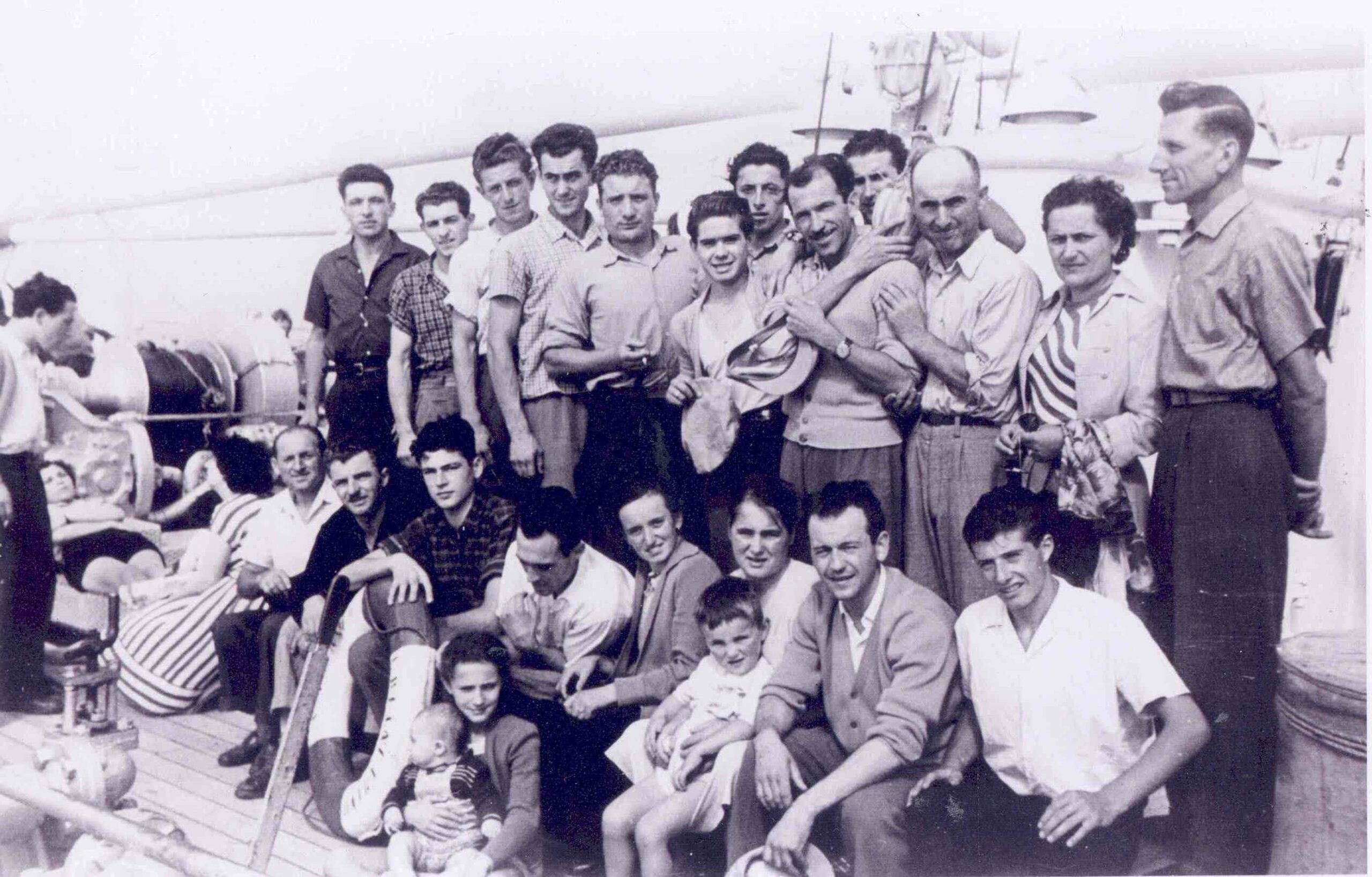
 Heritage4 years ago
Heritage4 years agoA Rough Beginning For Italians in America
-

 Heritage4 years ago
Heritage4 years agoWhat it truly means to be Italian
-
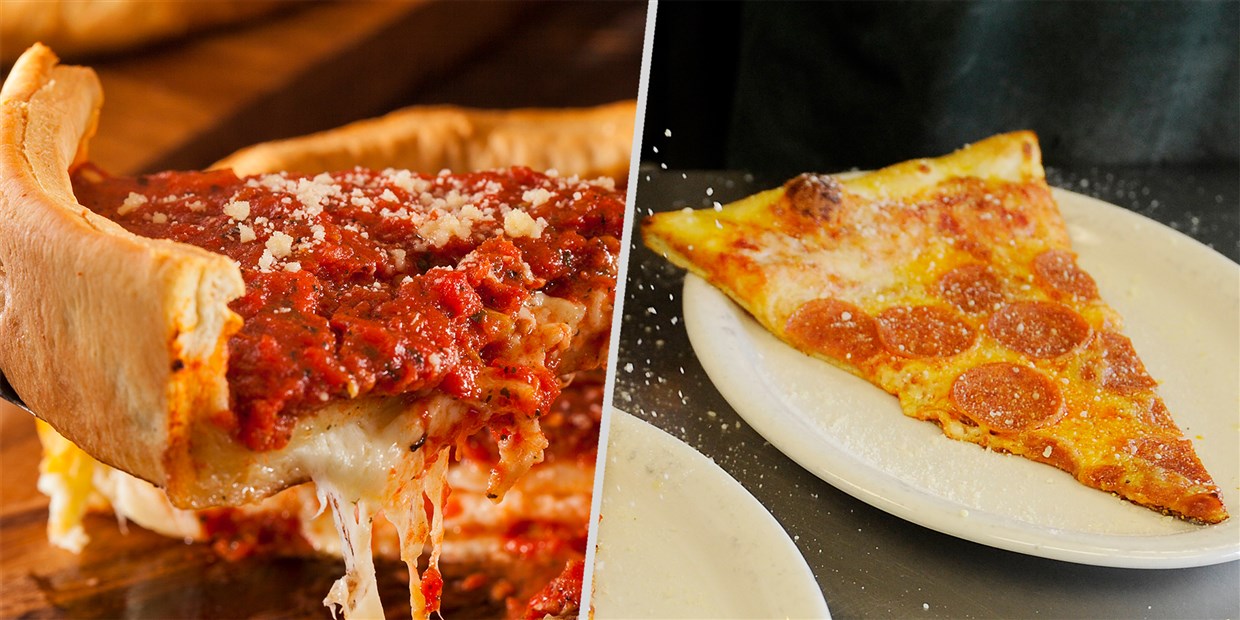
 Italian4 years ago
Italian4 years agoNew York vs Chicago Pizza
-
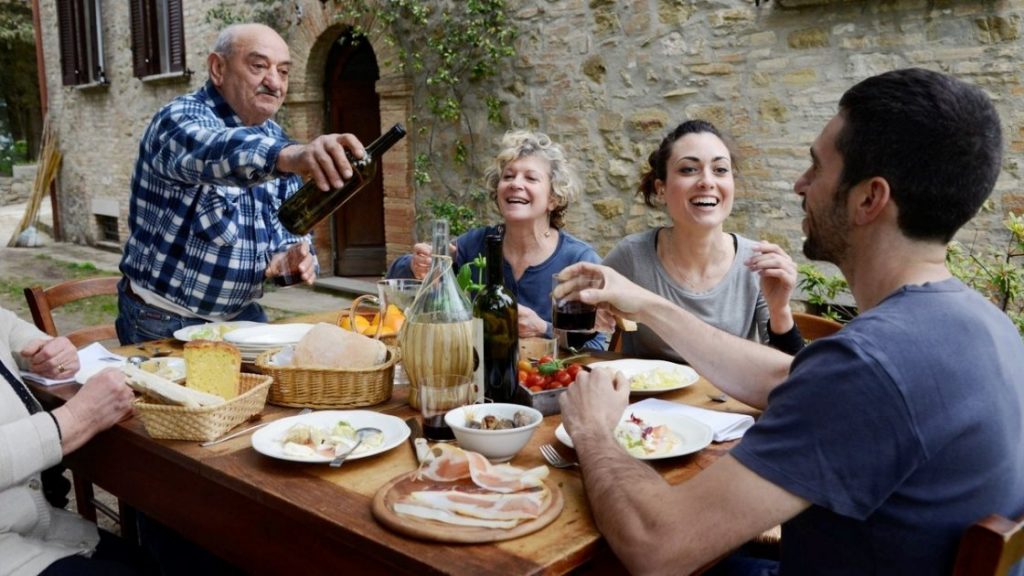
 Heritage4 years ago
Heritage4 years agoItalians And Family Values
-
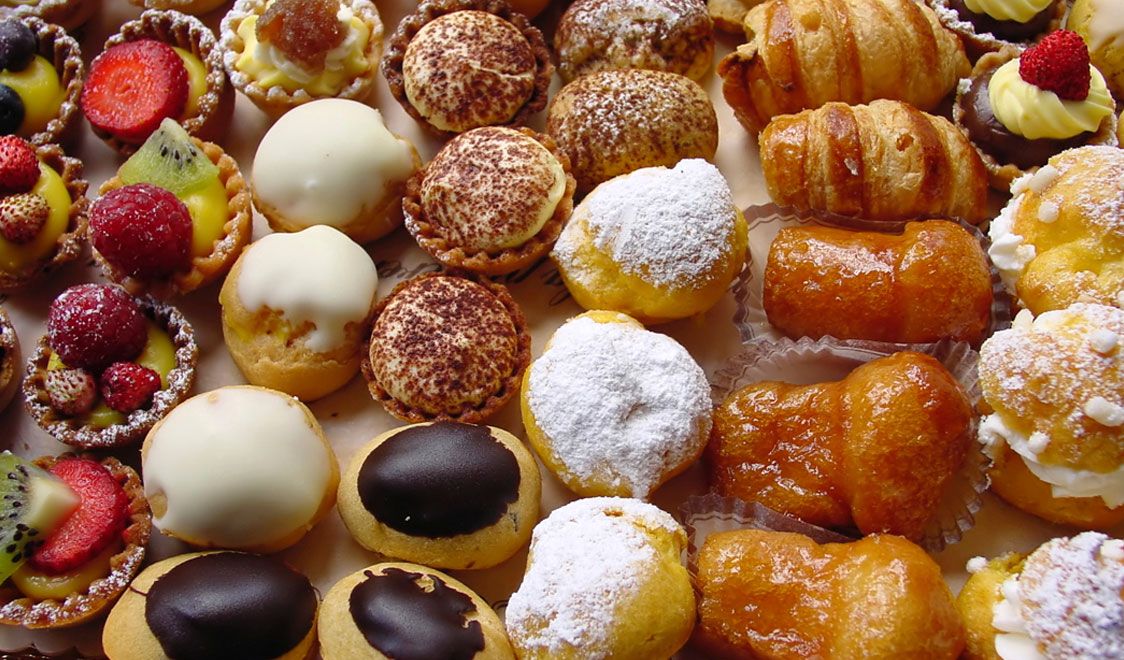
 Italian4 years ago
Italian4 years agoTop 9 Popular Italian Pastries
-
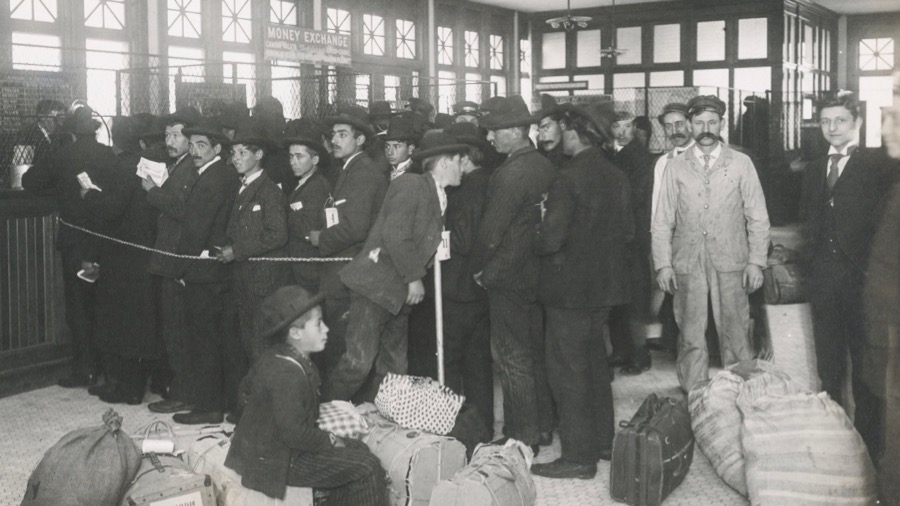
 Heritage4 years ago
Heritage4 years agoEllis Island Italian Americans
-
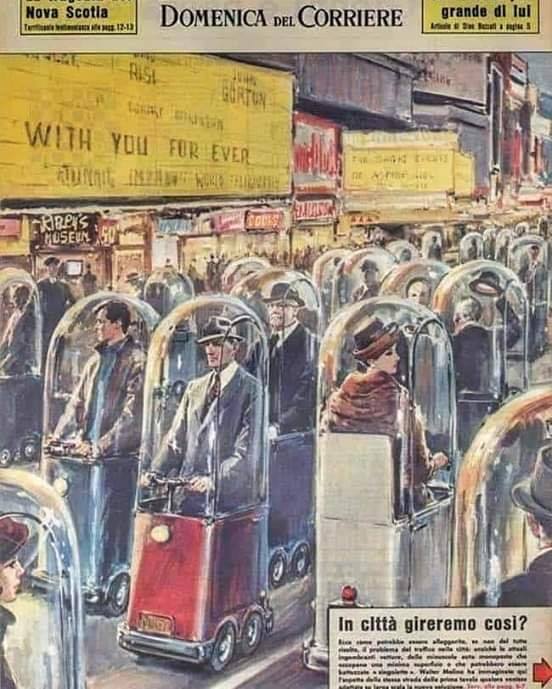
 Italian4 years ago
Italian4 years agoIn 1962, an Italian magazine carried a story on how the world will look in 2022. Is it Real???
-
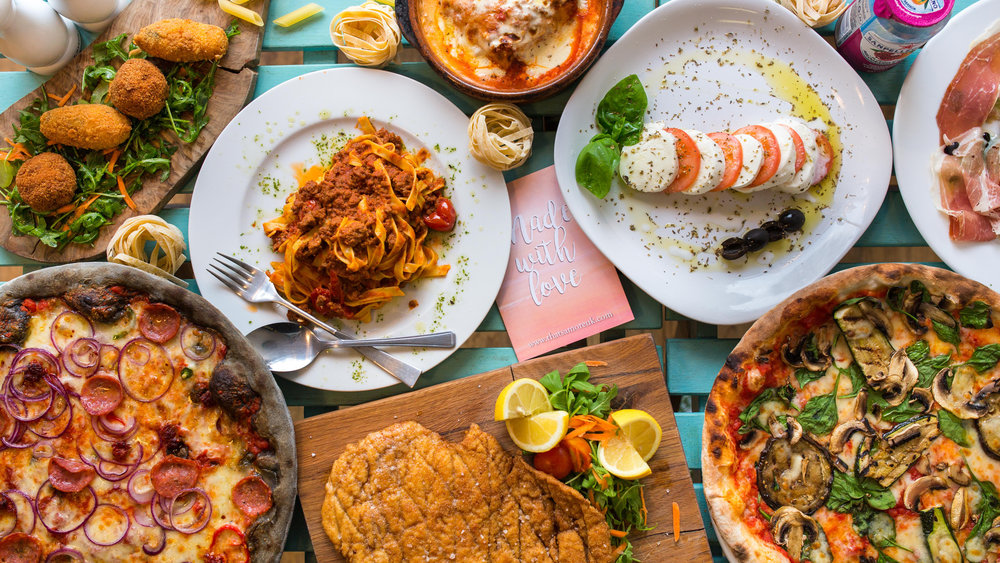
 Heritage4 years ago
Heritage4 years agoHow Italian American families celebrate holidays






